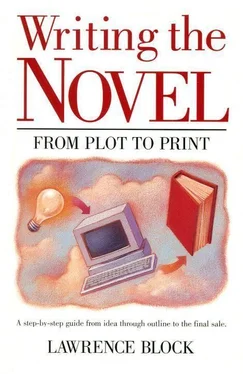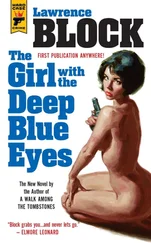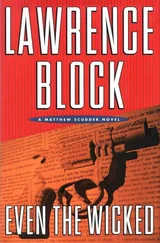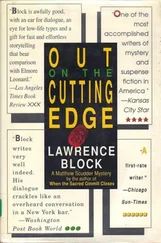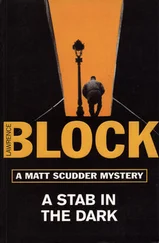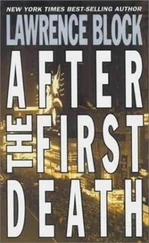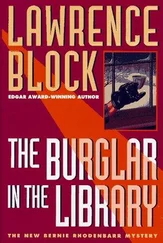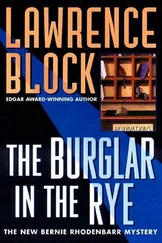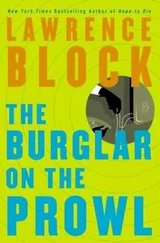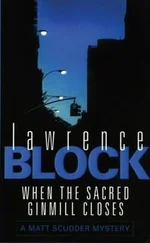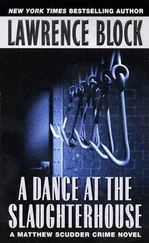It’s worth noting that the best dialogue does not consist of the verbatim reproduction of the way people talk. Most people, you’ll notice, speak in fits and starts, in phrases and half-sentences, with “uh” and “er” and “you know” tossed in like commas. “I was, see, like the other day I was goin’ to the store, see, and uh, and like I was, you know, like, walkin’ down the street, and...”
People do talk this way, but who the hell would want to read it? It’s tedious. This doesn’t mean that you can’t have a character express himself in this fashion, but that you would do so not by holding a tape recorder in front of him but by suggesting his conversational manner: “Like the other day I was goin’ to the store, see, and I was like walkin’ down the street....”
A little goes a long way. Same thing with phonetic spelling of dialogue. There was a great vogue for that sort of thing a while back, when regional fiction was in its heyday, and there are still people who are crazy about it. Most people find it off-putting. There’s no question that it slows things down for the reader; he has to translate everything before going on.
Here again, the answer lies in suggestion, in picking a couple of key words and using them to illustrate the character’s unorthodox speech patterns. You might indicate a West Indian accent by spelling man M-O-N, for example, or a Puerto Rican inflection by rendering don’t doan or affixing an E to the front of a word like study. A light sprinkling of this sort of thing reminds the reader that the speaker has a particular accent; he’ll then be able to supply the rest of the accent, hearing it in his mind as he reads the character’s dialogue, even though the rest of the words are spelled in the traditional manner.
Remember, less is better, and when in doubt, forget it.
Richard Price handles dialogue brilliantly. His first book, The Wanderers, traces the lives of members of a Bronx street gang. Their speech patterns are faithfully rendered and add greatly to the book’s impact. Recently, though, I happened on a back issue of a literary quarterly in which a chapter of The Wanderers appeared prior to the book’s publication. In that version, Price made extensive use of phonetic spelling, and while other elements of the story were identical, the spelling put me off. Evidently the book’s editor reacted similarly. Whether Price or his editor made the actual changes is immaterial. The book gained greatly by them.
Good dialogue differs from real-life dialogue in another respect. It’s written out. The reader gets the words without the inflection. If you just put down the words, the result can be ambiguous. You can italicize a word to show that it’s being stressed by the speaker, or you can include the occasional notation that a given sentence was said lightly or seriously or heavily or archy or whateverly, but sometimes you have to restructure a sentence so that the reader will not have trouble getting your meaning.
Another thing you have to do in dialogue is compress things. People generally have more time for conversation in real life than in books. You have to speed things up in the actual dialogue, cutting out a certain amount of the normal volleying, and you also have to do a certain amount of summing up. In my Scudder novels, for example, Scudder receives the bulk of his information by going around and talking to people, and the reader overhears much of this in the form of dialogue. But from time to time Scudder will break off reporting exactly what was said in dialogue form and simply give the gist of a conversation in a sentence or two.
When this isn’t done, when a book’s all dialogue, it feels puffy and padded. It moves fast and it’s easy to read, but it’s ultimately unsatisfying. One’s left with the feeling that nothing has happened at great length.
Past versus Present Tense
The great majority of fiction is written in the past tense. The effect is that one is being told a story which has taken place. Even if the story is set in future time, as in most science fiction, either the narrator or the disembodied voice recounting the story is presumably speaking at a later time than the action occurred.
There is an alternative to this which is achieved through the use of what is known as the historical present tense. Those who prefer this tense argue that it makes the story a more immediate experience for the reader; it is going on as he reads it.
They are also apt to take the position that it is more contemporary, less old-fashioned. There is, as it happens, nothing particularly new about the historical present. Offhand, I can recall that the Marquis de Sade used it in his novels in the eighteenth century, and it may for all I know go back halfway to Homer. In our own time, there is something distinctly cinematic about writing in the present tense. It has a screenplay feel to it.
There’s rather more to the use of the historical present than a simple change of tense. This becomes clear when you take a patch of prose written in the past tense and change it to the present. It will very likely be stiff and awkward, unnatural. In order for the historical present to be effective, the whole narrative attitude changes in subtle ways.
Whether or not to employ the historical present is entirely a matter of choice. In genre fiction I would consider it a poor idea, if only because category novels are hardly ever written in present tense. I wouldn’t care for the job of trying to sell a gothic or a western, say, written in the historical present, though I do not doubt for a moment that such a novel could be written effectively and might even find its way into print.
My own personal bias against the historical present is a very strong one, so much so that, when I’m browsing paperback racks looking for something to read, I’m inclined to pass up books written in present tense. The one time I tried to write a novel in the present tense I found myself incapable of sustaining the voice past a couple of pages. But that’s my personal reaction, and has nothing much to do with the relative merits of the two tenses.
First versus Third Person
Correspondingly, I’ve noticed in my paperback rack browsing that I’m distinctly biased in favor of books written in the first person. Perhaps this is not surprising in view of the fact that a majority of my own novels have been first-person narratives.
The conventional advice to beginning writers of fiction is to abjure the first person. It’s allegedly full of pitfalls for the tyro, serves as a distancing mechanism between the reader and the story, limits the scope of the narrative, and causes dental caries in children and skin tumors in laboratory mice.
For my part, I find I’m more likely to enjoy a novel by an unfamiliar writer if it’s written in the first than the third person because the writing itself is more likely to have a natural flow to it. The first-person voice is, after all, the one we all grow up using. First-person novels have an immediacy to them that helps close the gap between writer and reader. It’s as if the writer, clothed in the flesh of his narrator, is holding me by the elbow and telling me the story.
Some novels, to be sure, cannot be written in the first person. It’s only an option when your novel is to be told from a single point of view, and it becomes a sensible choice in direct proportion to your ability to identify with that particular character. If your lead’s larger than life — the President of the United States, a glamorous movie star, Al Capone, or whoever — the third person might be a wiser choice; you might be more comfortable writing the character from the outside, and the reader might be more comfortable reading about him that way.
Читать дальше
